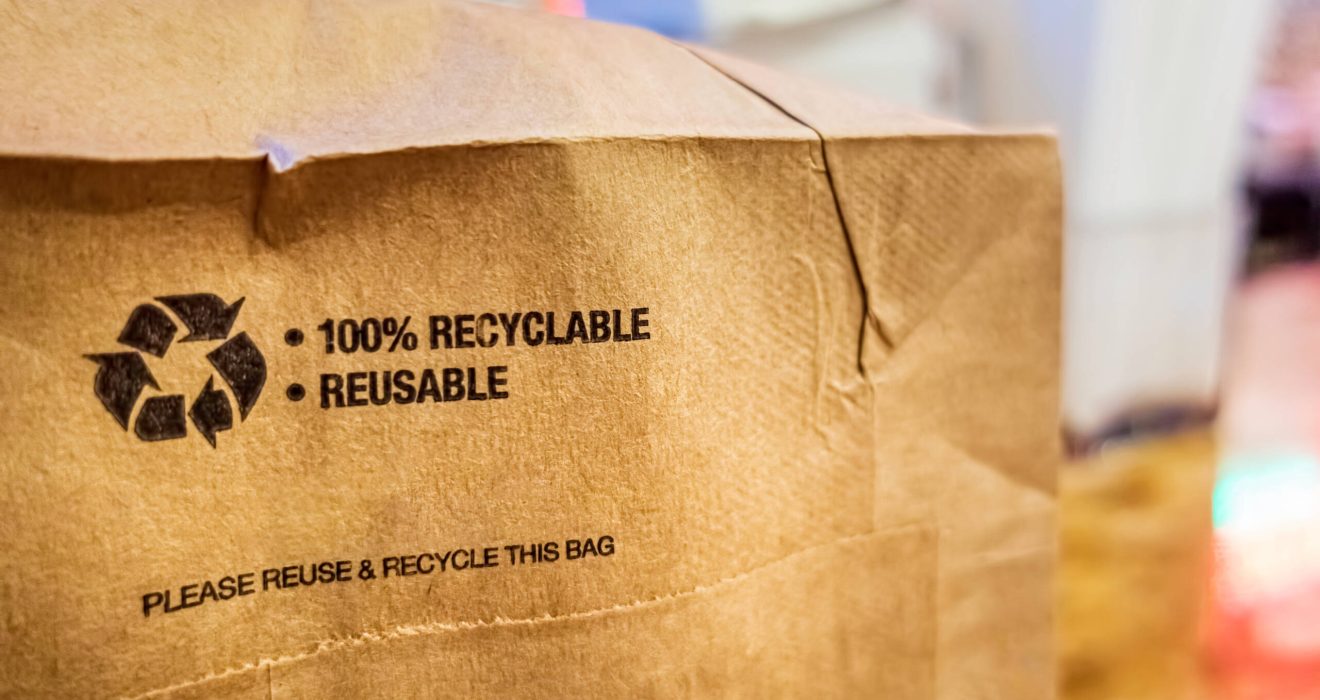The prevalence of paper plates in contemporary life is undeniable, offering convenience to millions of Americans. However, the convenience comes at a notable environmental cost. This section delves into the substantial environmental impact associated with the widespread use of paper plates. We will investigate the underlying reasons for the restricted recyclability of these plates and examine the formidable challenges they present to the principles of sustainable waste management. From coating complications to food waste contamination, understanding these factors is crucial in comprehending the intricate relationship between paper plates and their environmental consequences.
Why (Most) Paper Plates Can’t Be Recycled
The predominant reason behind the non-recyclability of the majority of paper plates lies in the applied coating. Whether composed of wax, plastic, or clay, this coating serves the purpose of imparting a smooth surface and preventing the absorption of liquids or grease by the paper. Regrettably, this seemingly beneficial coating introduces a significant recycling challenge. During the recycling process, the coating often proves inseparable from the paper, rendering it difficult to extract and recycle the materials independently. Consequently, this characteristic poses a substantial barrier to incorporating paper plates into conventional recycling practices, leading to a heightened reliance on landfills for the disposal of these coated plates. Understanding this challenge is crucial in fostering sustainable alternatives and waste management strategies.
The Scale of Paper Plate Consumption in the U.S.
Appreciating the scale of paper plate consumption in the United States is essential for comprehending the substantial environmental challenge posed by these disposable items. A staggering statistic reveals that nearly 220 million Americans rely on paper plates and cups, contributing to a market worth an astonishing $20.7 billion in 2018. This colossal consumption pattern establishes the U.S. as one of the foremost global consumers of paper plates. Such prolific use highlights the urgency of finding sustainable alternatives to address the ecological repercussions of this widespread reliance on disposable tableware. As the environmental impact intensifies with escalating numbers, the imperative for the adoption of eco-friendly practices and alternatives becomes increasingly pronounced to mitigate the ecological footprint associated with the extensive use of paper plates.
Recycling Plastic-Free Paper Plates and local policies
Navigating the recycling landscape for plastic-free paper plates unveils a more sustainable avenue for disposal. Although recycling poses challenges for most paper plates, those devoid of plastic coatings emerge as an eco-friendly alternative. This section provides insights into identifying and appropriately managing paper plates without plastic components. However, the effectiveness of these efforts is contingent on understanding local recycling policies. Essential to responsible waste disposal comprehends the nuances of municipal guidelines. Some regions may accept clean-coated paper plates, including those from to-go food containers. Therefore, consulting with your local recycling team becomes paramount, as their specific recommendations serve as a valuable compass, ensuring the conscientious and environmentally responsible disposal of plastic-free paper plates in accordance with community policies.
Reusing Paper Plates
Embracing sustainability in the realm of disposable tableware involves both reusing paper plates and exploring eco-friendly alternatives. While conventional recycling may not be feasible for paper plates, opting for reuse becomes a valuable strategy in minimizing their environmental impact. Practical tips for cleaning and repurposing heavy-duty paper plates extend their lifespan, serving purposes such as containing dry foods or becoming raw material for engaging craft projects. Simultaneously, to diminish reliance on disposable options, delving into sustainable alternatives is imperative. This section navigates through environmentally conscious choices, underscoring the significance of adopting practices that harmonize with a greener lifestyle. From reusable plates to those crafted from natural materials, the exploration of sustainable alternatives aligns with the collective endeavor to reduce the ecological footprint associated with the prevalent use of paper plates.
Reusable Plates Natural Material Plates
The most straightforward alternative to paper plates is the use of reusable plates. Despite the need for water to clean them, the long-term environmental benefits of reusable plates far outweigh the ecological impact of disposable options. For those seeking a compromise between disposability and sustainability, plates made from natural materials like bamboo or palm leaves can be a suitable choice. These plates can be used multiple times, washed or cleaned, and eventually composted at the end of their lifecycle.
Conclusion
In concluding this exploration of paper plate sustainability, it is imperative to recap key insights and underscore the role of individual actions in curbing the environmental repercussions of disposable plates. The significance of responsible decision-making emerges as a central theme, urging readers to recognize the ecological impact of their choices. A compelling call to action resonates, encouraging informed decision-making, the adoption of sustainable alternatives, and active participation in local recycling and composting initiatives. By making mindful choices, embracing reusable options, and engaging in community-driven waste management efforts, individuals can collectively contribute to a more sustainable future. This conclusive section serves as an impassioned plea for readers to transform awareness into action, fostering a heightened sense of environmental stewardship in the face of the challenges posed by disposable plate consumption.

